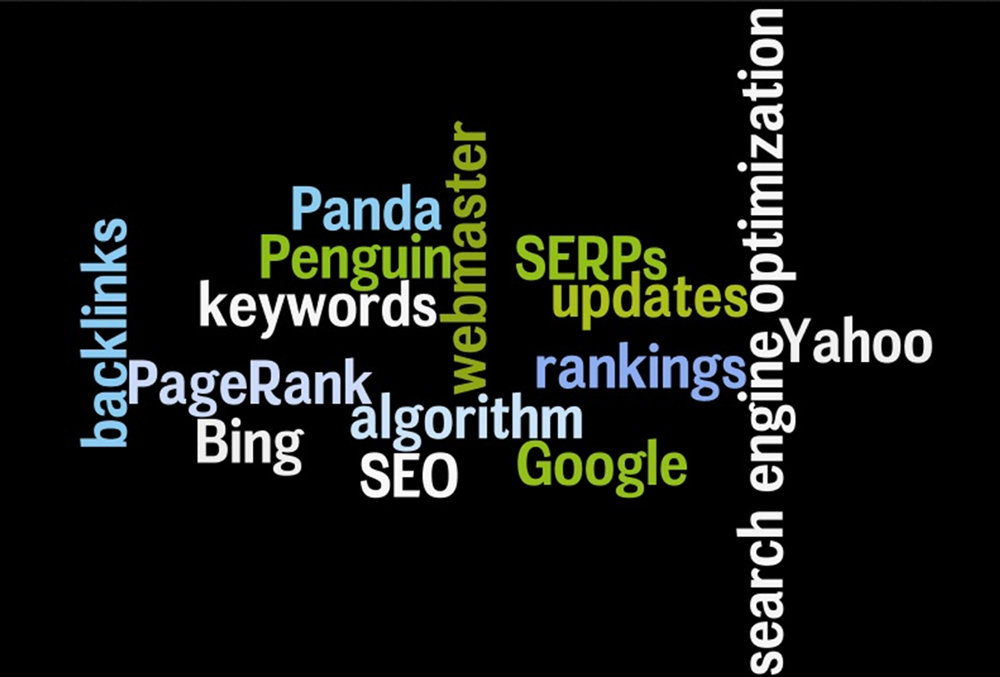If you’ve been paying attention to the digital marketing and search engine optimization (SEO) news the past year, you’re probably aware of the numerous updates that Google made to its search engine algorithm, from Panda to Penguin, and back to Panda. Although Google makes several hundred changes to its algorithm each year, these particular changes made headlines in the mainstream news because of the way it changed how many businesses and marketing agencies typically do SEO.
What Do the Google Updates Mean?
To recap: The Panda update in 2011 was meant to downgrade the rankings of “low-quality sites” and elevate the sites Google considers to be high-authority, high-quality, and which provide a satisfying user experience. Many content-scraping sites, article directories, and sites such as Squidoo that allow people to create single-page sites for the sole purpose of driving traffic to their own websites found themselves buried in the search engine results pages as a result of Panda.
Its 2012 follow-up, the Penguin update, penalized websites with a suspiciously large amount of low-quality backlinks. As you know, links are search engine gold: the more links you have pointing to your website, the higher your search engine ranking overall, especially for the keywords you’re trying to rank for.
As a result, most SEO firms and managers offered relatively inexpensive “link-building campaigns” to their clients, creating thousands of links from sites around the web (business directories, forums, blogs, etc.) and pointed them back to their clients’ sites. While it’s a crude form of SEO, it proved reliable and cheap, making them very attractive to small business owners who otherwise couldn’t afford to hire full-time SEO managers and content producers.
Penguin was supposed to be the answer to that. For example, links from sites such as the New York Times, Wall Street Journal, or Huffington Post (high-authority sites with tremendous amounts of original content), are considered excellent, rank-boosting links, while links from massive directories or forums with little or no editorial oversight became verboten. A large amount of backlinks using the same anchor text also raised a red flag to Google.
Another change – involving website page layouts – was launched in January and recently saw another update as well. This one penalized websites with a disproportionate amount of ads “above the fold,” making it difficult for users to find the content they’re looking for.
What the Updates Mean For Your Business
If you’ve noticed a sudden drop in traffic to your site over the past year, you may have been affected by these updates. Many small businesses in particular have been particularly hard-hit. More companies are relying heavily on search engine traffic to generate leads and boost their visibility on the web, so if you’ve been relying on your website to grow your business, being hit by one of these updates can make a difference in being found by your prospects online. Many webmasters have been scrambling to remove backlinks, redesign their sites, and beef up their content marketing programs in order to mitigate the fallout from these updates. Unfortunately, they’ve found the work to be not only tedious, but often nearly impossible, with many site owners being charged to remove links from the directories’ sites.
What You Can Do To Help Improve Your Search Engine Rankings
If you’ve been hit by any of the updates, you may have a bit of work to do in order to get back into Google’s good graces. They recently released a Link Disavow Tool to help webmasters manually submit suspicious links to them in order to discount that link from their sites’ ranking factors. It’s a less time-consuming option than to approach each individual directory to which you’ve submitted thousands of backlinks, although Google points out that it can still take months for you to see a change after using the tool.
Moving forward, the most important thing you can do to not only improve your search engine rankings but to render your site algorithm-proof, is to build and manage a high-quality site. Google offers guidelines on web development best practices, but in essence it means:
1. Creating a website that makes it easier for users to find the content they need.
2. Actively monitoring your site for spam, including blog comments and links to your site from questionable sources.
3. Engaging in social media and other online user communities. While Google hasn’t ruled social media as a search engine ranking factor, its executives have indicated that social signals are considered when determining a site’s authority.
4. Creating great, useful content. Write press releases and guest posts on other blogs; create videos and podcasts; post regularly on your blog; and write white papers.
Conclusion
Some of you may have experienced a downgrade in your search engine rankings in the wake of Google’s recent updates, but that doesn’t mean that you can’t regain some of that lost traffic. It may take awhile and quite a bit of work, but it’s worth the extra effort and expense to rebuild this critical lead generation tool.

